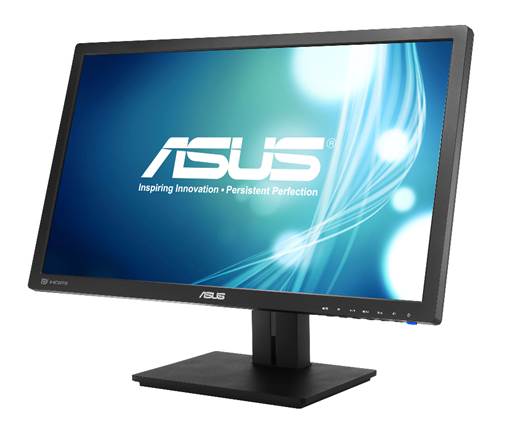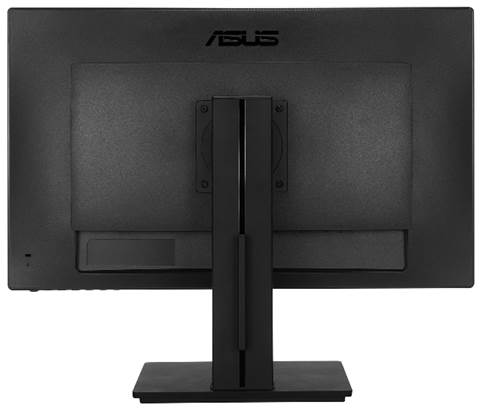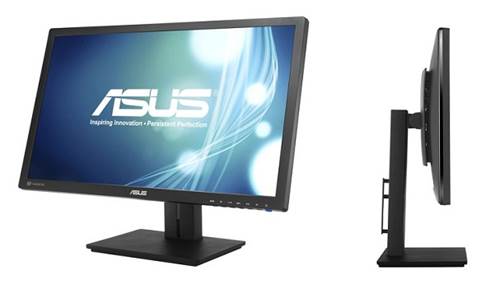We test eight panels with ultra-high
resolutions to discover what you get from venturing beyond 1,920x1,080
High-definition? Pah. A resolution of 1,920
x 1,080 might be the limit for a games console, but we all know that the
top-end PC graphics cards available are capable of churning out decent frame
rates at much higher resolutions, given the right equipment. Until recently,
there were only a couple of monitors from Dell that enabled you to go above the
standard 1080p resolution, but we're now seeing more and more ultra-high
resolution panels with 2,560 horizontal pixels, and at prices that makes them
genuine opt ions for mere mortals.
Increasing the size of the desktop area, as
well as offering the pixel density needed to make larger screens look
incredibly sharp, an ultra-high resolution display can make a big difference to
the way you use your PC. They also make games look even better, although, as
we’ll discuss, there's a performance penalty to bear in mind.
However, a premium monitor may well be the
most expensive purchase towards your PC, with even the lowest priced 2,560x
1,440 display costing over $532. As such, it's important to make sure your
investment is a wise one. With such a large variety when it comes to features
and pricing, we've rounded up eight panels with ultra-high resolutions and
different aspect ratios to find the ultra-high resolution monitor for you.
ASUS PB278Q
New PLS panel technology, but at a
price
You'll know Asus from its motherboards and
graphics cards, but it’s been active in the monitor market for a long time too.
Like many of the monitors on test, Asus’ PB278Q has a 27in panel with a 2,560 x
1,440 resolution, with Asus stating a grey to grey response time of 5ms. It
also has a zero bright pixel policy.
As well as all this, it’s one of the few
monitors available that offers Plane Line Switching (PLS) panel technology.
This is similar to IPS in that it boasts numerous advantages over TN panels,
such as better color accuracy and viewing angles. However, it’s been refined to
offer even better viewing angles, image quality and brightness. Despite the
technology also supposedly offering lower production costs. However, the PB278Q
costs significantly more than the budget 27in IPS monitors on test.

You
get more for your money besides newer technology
That said, you get more for your money
besides newer technology. The stand was far better than that included with the
Hazro HZ27WB, and offers rotate, tilt, swivel and the all-important height
adjustment. However, the base isn’t as large and firm-feeling as that included
with Dell or ViewSonic’s offerings. Unlike the HZ27WB, you also get an OSD and
there are all the usual inputs too, including DisplayPort, HDMI and DVI,
although it lacks USB ports, which can come in handy.
Out of the box, color accuracy was lacking
in a few areas, while the color temperature was recorded at 6.949K noticeably
higher than the target of 6.500K. Its brightness was set to 90 per cent as
standard too, which was a little overzealous and resulted in oversaturation.
Meanwhile, its brightness of 287.8cd/m2and black point luminance of 0.32cd/m2
resulted in a pleasing contrast ratio of 900:1, although we did spot slight
gradient banding in the grey scale.

Needless
to say, switching to the sRGB preset should be your first job
We then applied the sRGB preset, which
improved color accuracy, especially at the darker end of the spectrum. It also
reduced the brightness to a less glaring 163 cd/m2 although the color
temperature remained on the cool side. We saw a gamma deviation of 0.08 above
the target of 2.2 as well, although this wasn’t a major concern. Needless to
say, switching to the sRGB preset should be your first job.
Conclusion
The Asus PB278Q has fewer drawbacks than
the Hazro HZ27WB, but this expected from a monitor that costs around $160 more.
The extra stand adjustment is very welcome, and it performed well in our image
quality tests, even if it didn’t set the world alight with its results. The
main issue is that the Dell U2713HM offers superior color accuracy and a better
stand while costing the same amount of money, and matching Asus’ zero bright
pixel warranty.

The
main issue is that the Dell U2713HM offers superior color accuracy and a better
stand while costing the same amount of money, and matching Asus’ zero bright
pixel warranty
|
Information
§
Product code: pb278q
§
Price: $724
§
Manufacturer: Http://uk.asus.com
Specifications
§
Screen size: 27in/68.5cm
§
Aspect ratio: 16:9
§
Screen area: 311,5in2/2,009cm2
§
Resolution:2,560 x 1,440
§
Pixel density (ppi): 108
§
Size (W x H x D): 643 x 552 x 218 mm
§
Panel technology: PLS
§
Backlight type: LED
§
Stated static contrast ratio: 1000:1
§
Stated response time (grey to grey): 5ms
§
Inputs: DisplayPort, DVI-D, HDMI, VGA
§
USB: X
§
Adjustment: Tilt, height, swivel, rotate
§
Warranty: 3 years
§
Dead pixel policy: Zero bright pixels, 5 dead
pixels
|